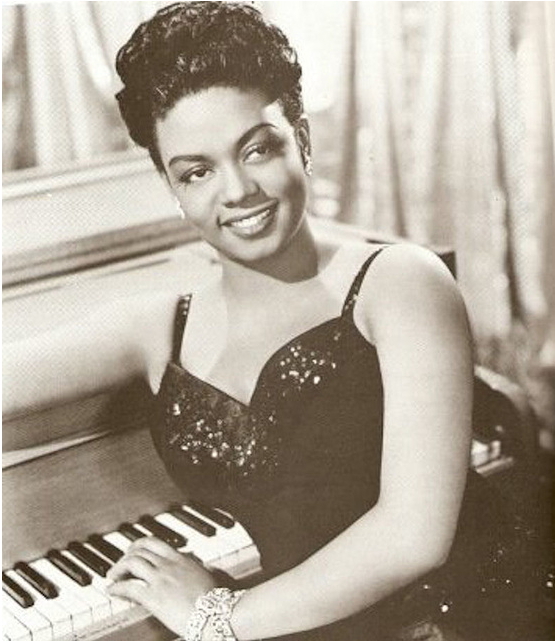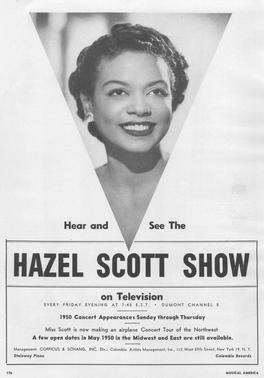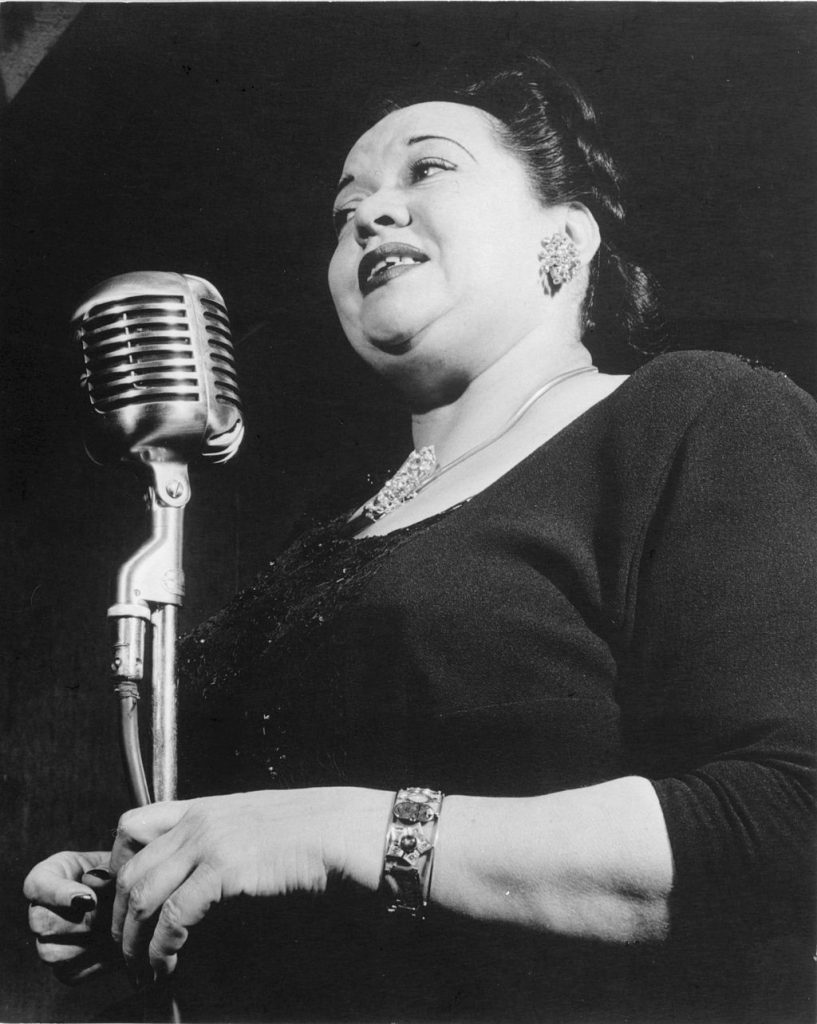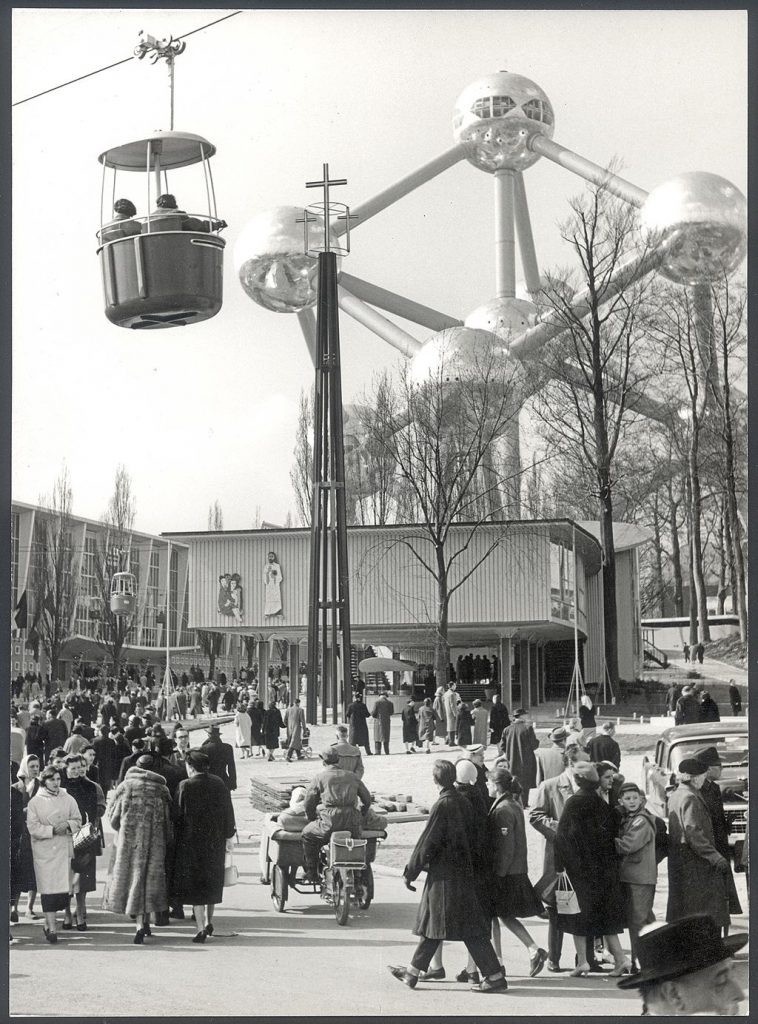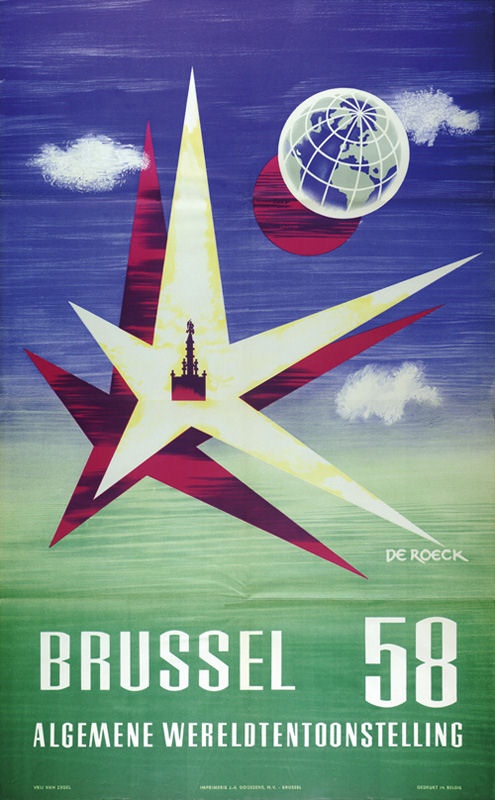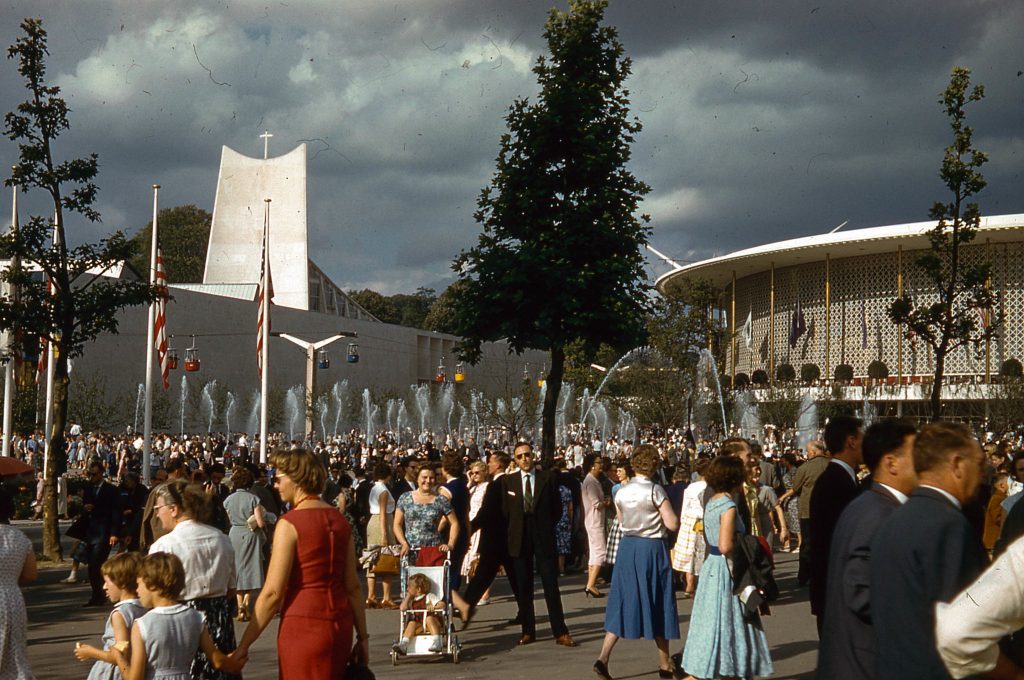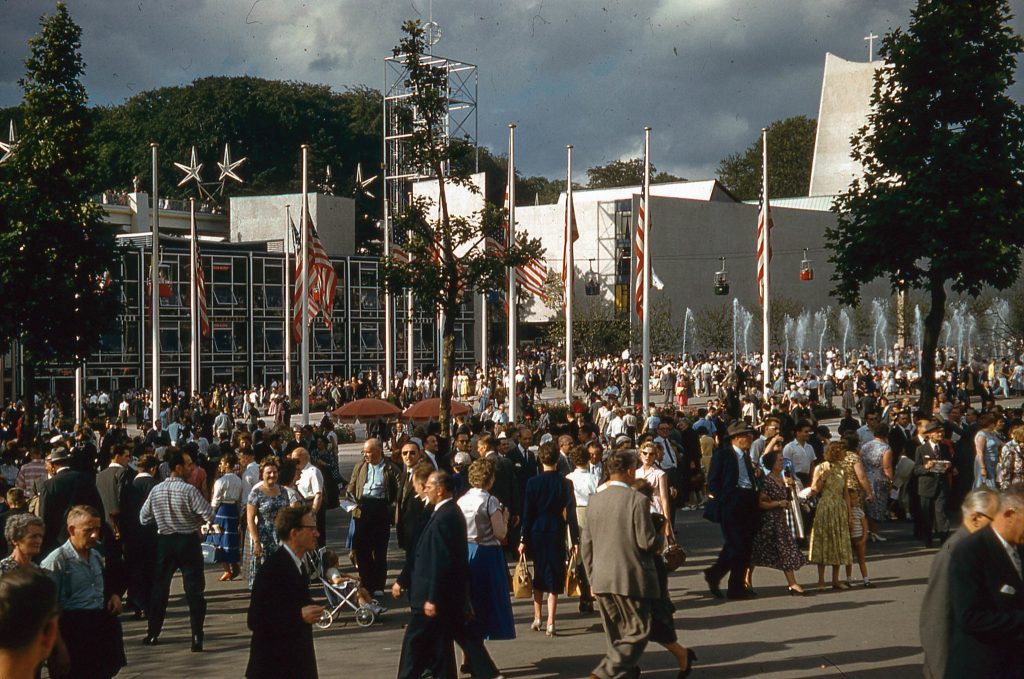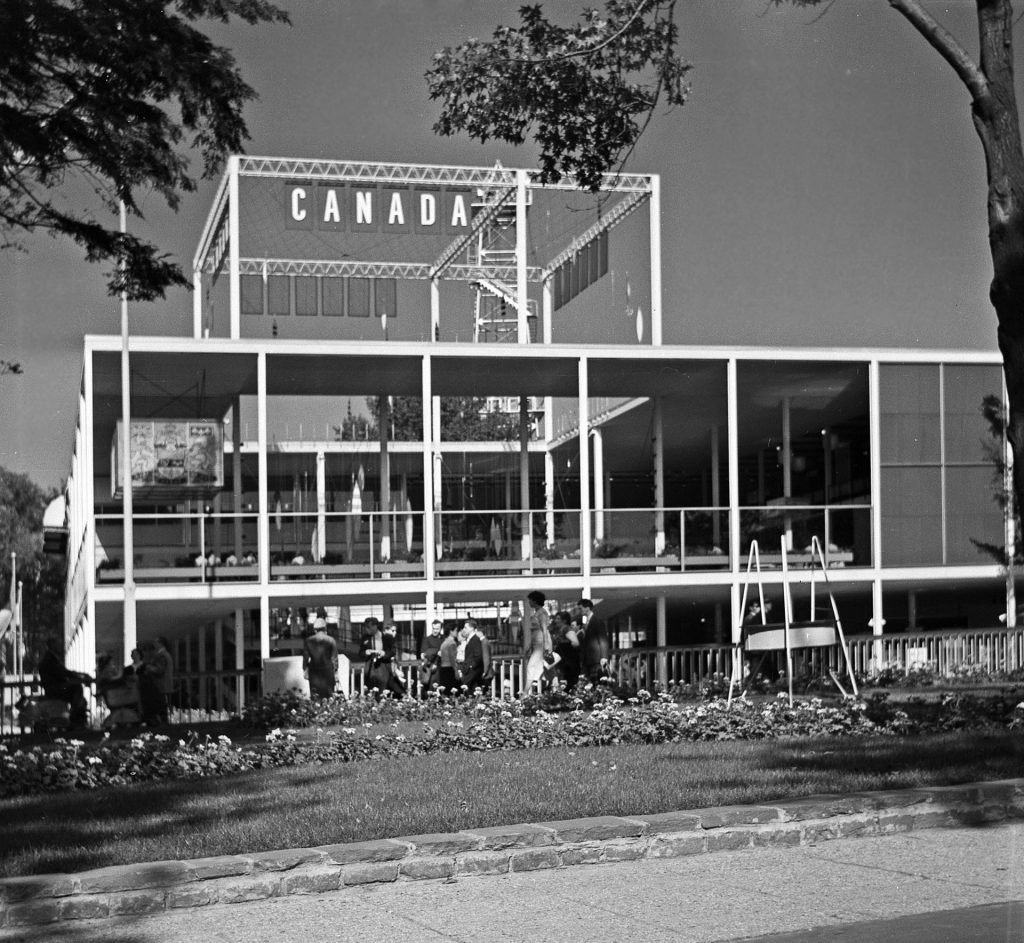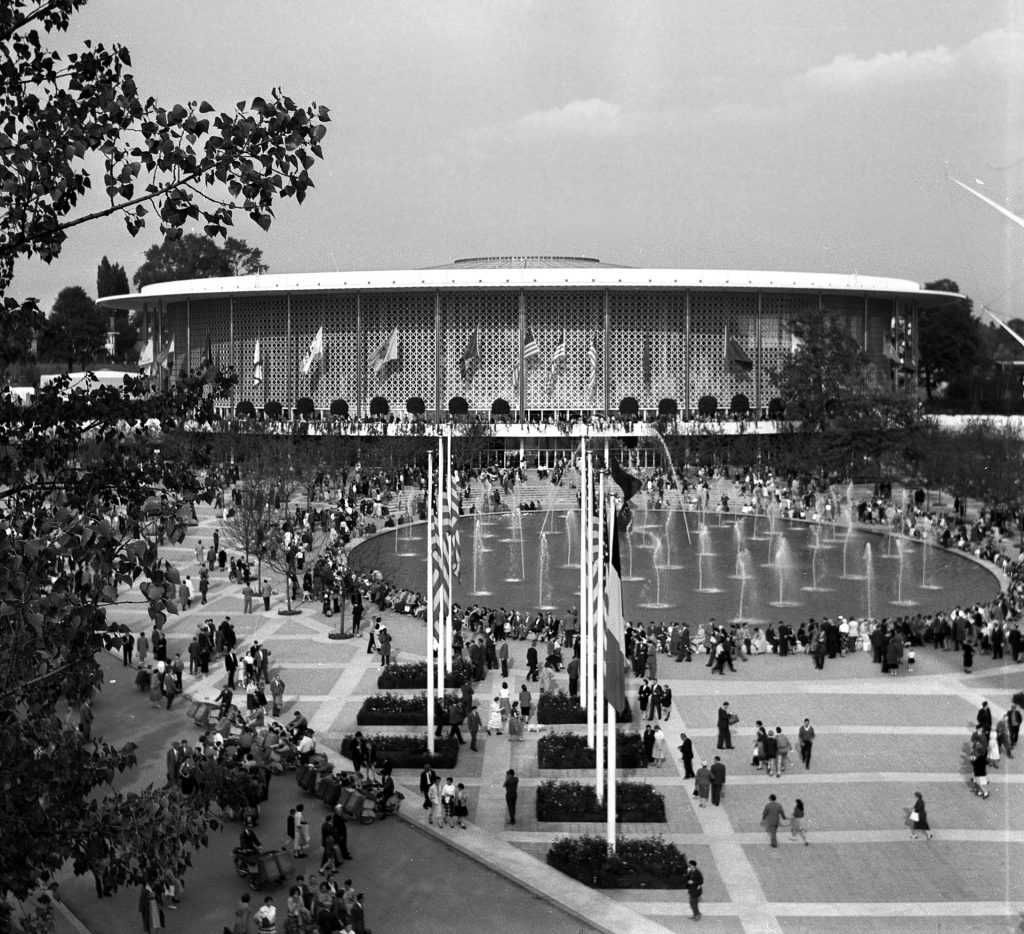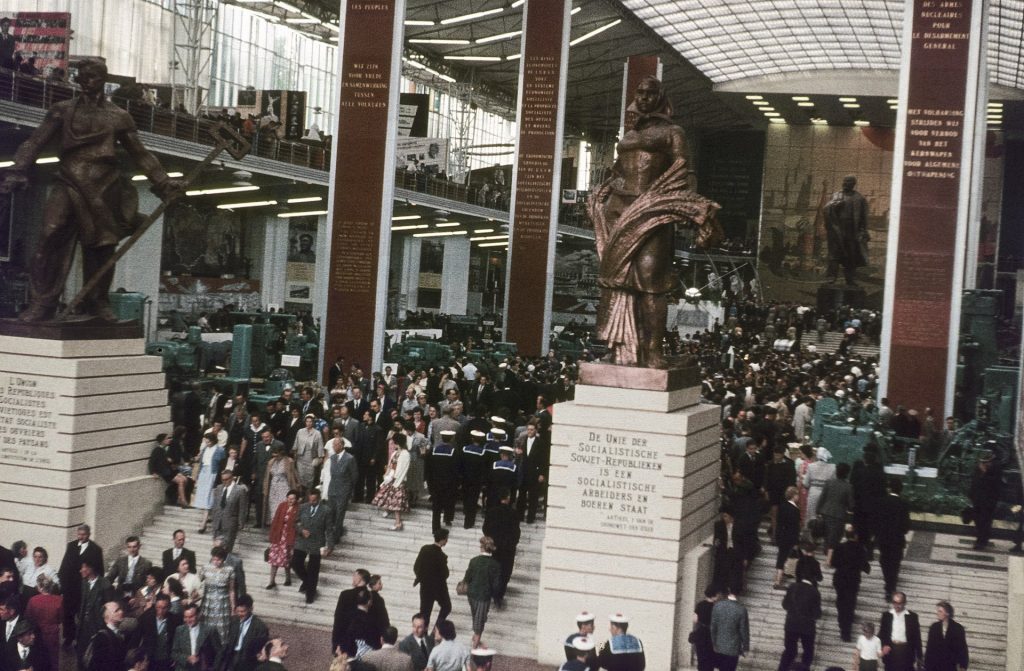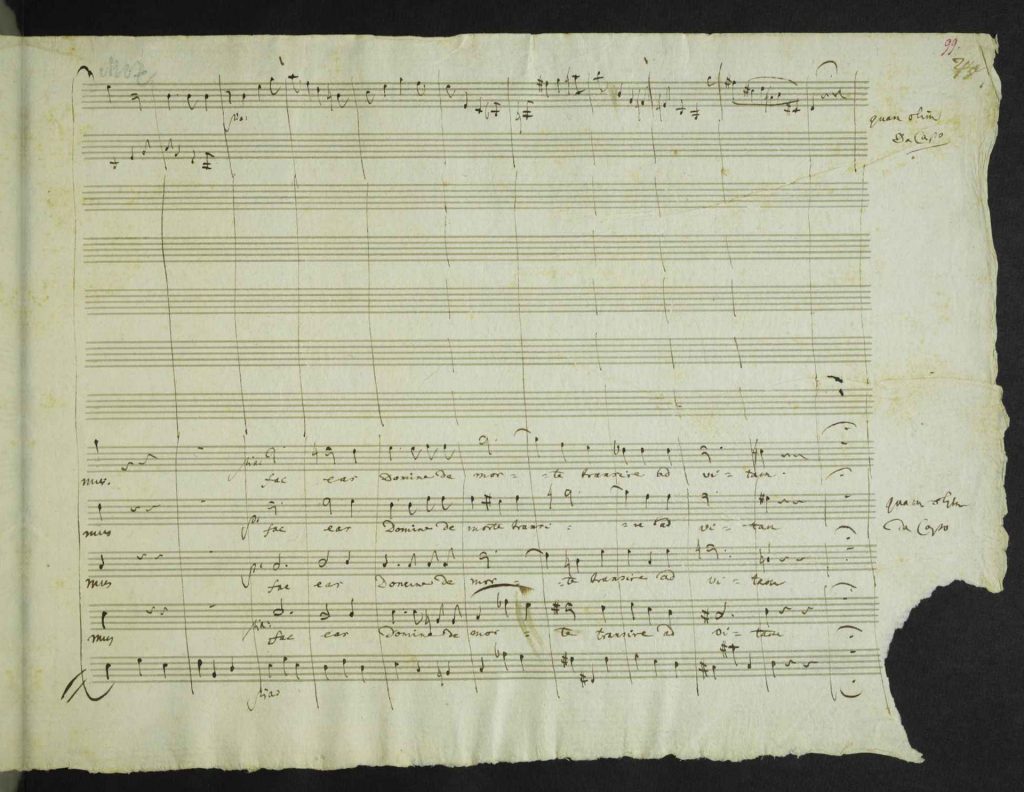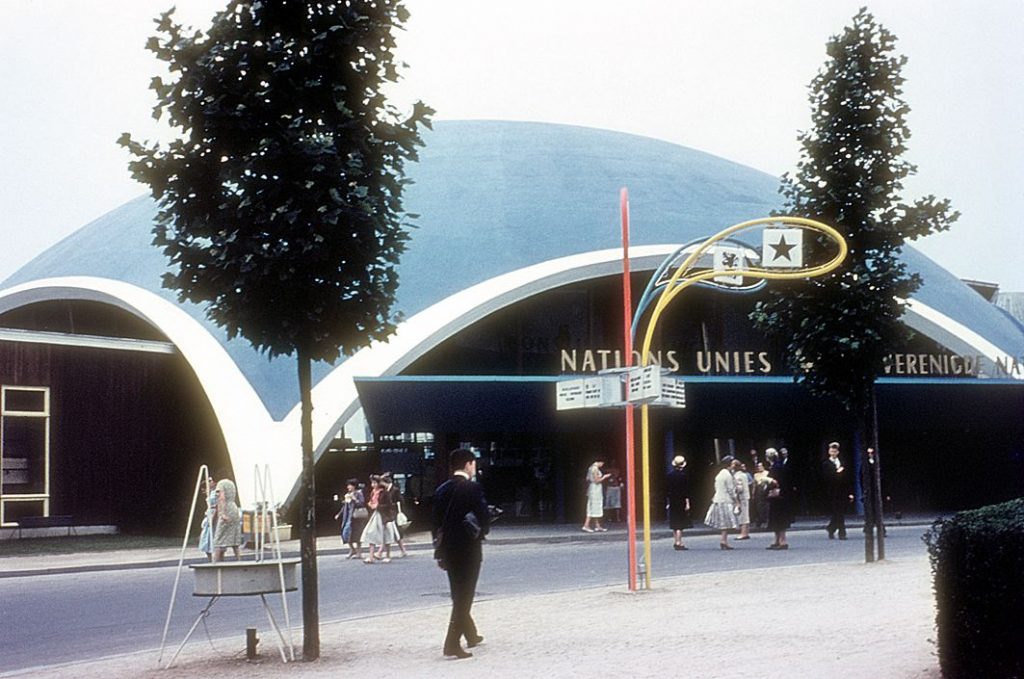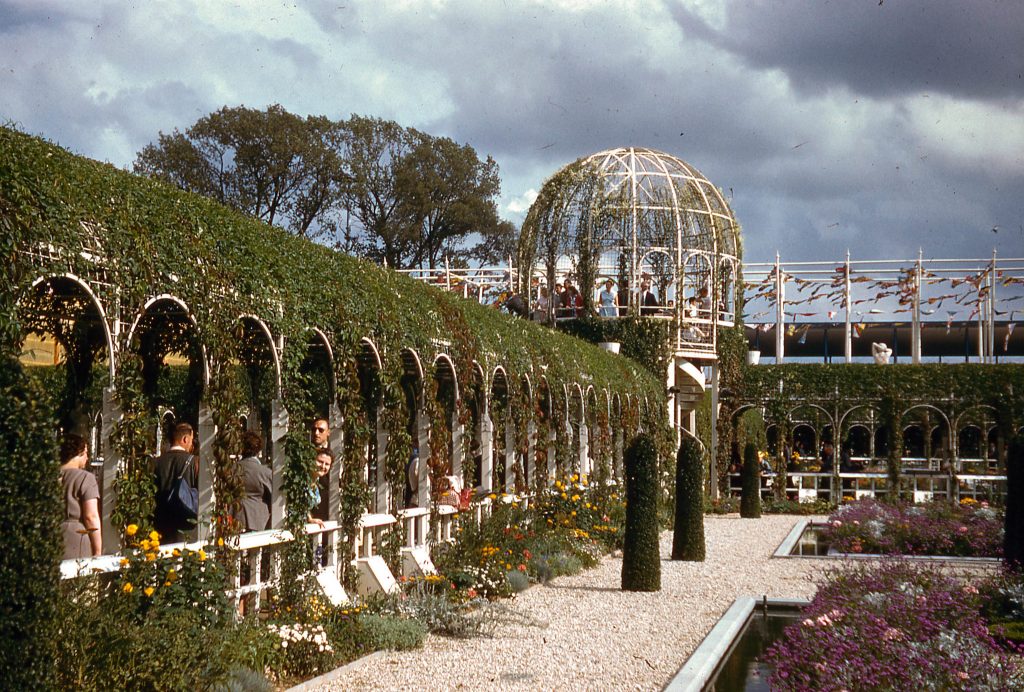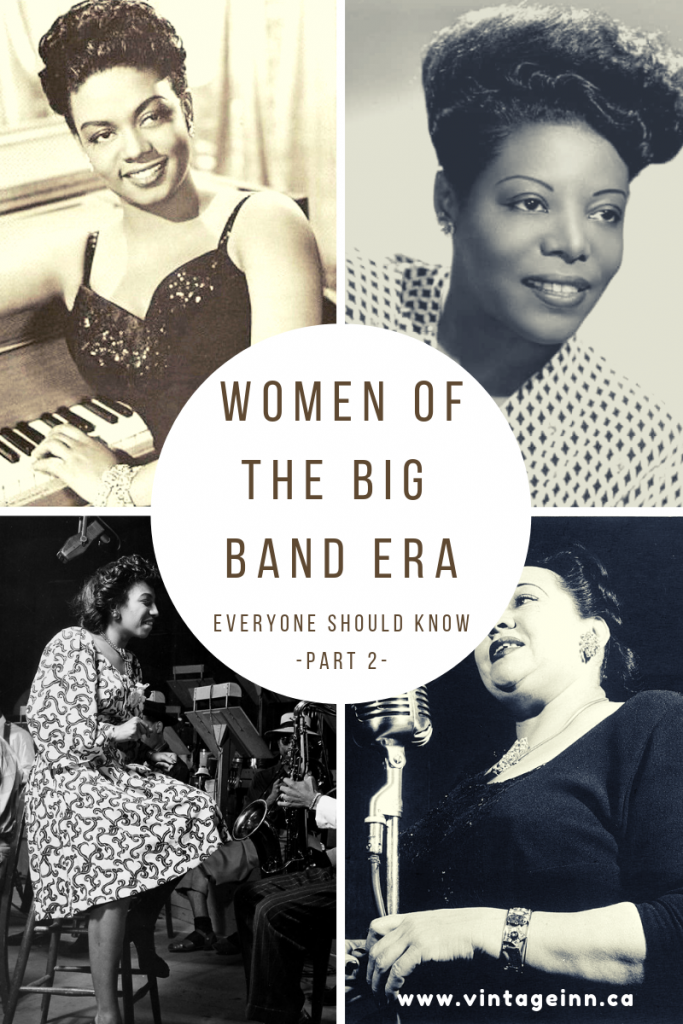
The following post is a part 2 of a series entitled, ‘Women of the Big Band Era Everyone Should Know‘ that I have been working on since 2016. My latest post just dropped as of January 2024.
The series dives into the lives and legacies of the unsung heroines of the Big Band Era, shedding light on the remarkable women who shaped the music and history of this unforgettable era.
Now onto our next group of talented Big Band Era Women…..
Women of the Big Band Era Everyone Should Know
Hazel Scott
Pianist & the first Black Woman to have her own Television Show.
Source: Media Diversified
A talent from a very young age on the piano (and other instruments), Hazel’s career started to really take off at the age of 16 when she began to perform for various radio programs and various other engagements.
Throughout the 1930s and 1940s, Scott performed jazz, blues, ballads, Broadway and boogie-woogie songs, and classical music in various nightclubs. From 1939 to 1943 she was a leading attraction at both the downtown and uptown branches of Café Society (A club that treated black & White customers equally). Her performances created national prestige for the practice of “swinging the classics.” By 1945, Scott was earning $75,000 ($1,043,762 today) a year (Source).
In addition to Lena Horne, Scott was also one of the first Afro-Caribbean women (she was originally born in Trinidad in 1920s but moved to Harlem in 1924) to garner respectable roles in major Hollywood pictures (playing herself).
- I Dood It (MGM 1943)
- Broadway Rhythm (MGM 1944) w/ Lena Horne
- The Heat’s On (Columbia 1943)
- Something to Shout About (Columbia 1943)
- Rhapsody in Blue (Warner Bros 1945)
- (Source)
July 3, 1950 , Scott became the first black woman to host her own, 15 minute 3 X’s a week television show (Source). She would play piano and vocals and often sang tunes in one of the 7 languages she spoke.
A review in Variety stated, “Hazel Scott has a neat little show in this modest package. Most engaging element in the air is the Scott personality, which is dignified, yet relaxed and versatile.” (Source)
The show would only be on air for a few short months, but that did not diminish the accomplishment she had achieved.
Source: Wikipedia
FURTHER READING:
Hazel Scott’s FULL story is fascinating and a must read for everyone (including her commitment to Civil Rights). Lucky for us, so many articles have been written about this amazing woman and here is just one from the Smithsonian Magazine. Please take a few minutes after this blog post and give her life a read.
Now without further adieu, I’m going to let Hazel show you what she could do..WOW!
Mary Lou Williams
The First Lady Of Jazz
“Mary Lou Williams contains within herself the full essence of jazz.”
New York Times
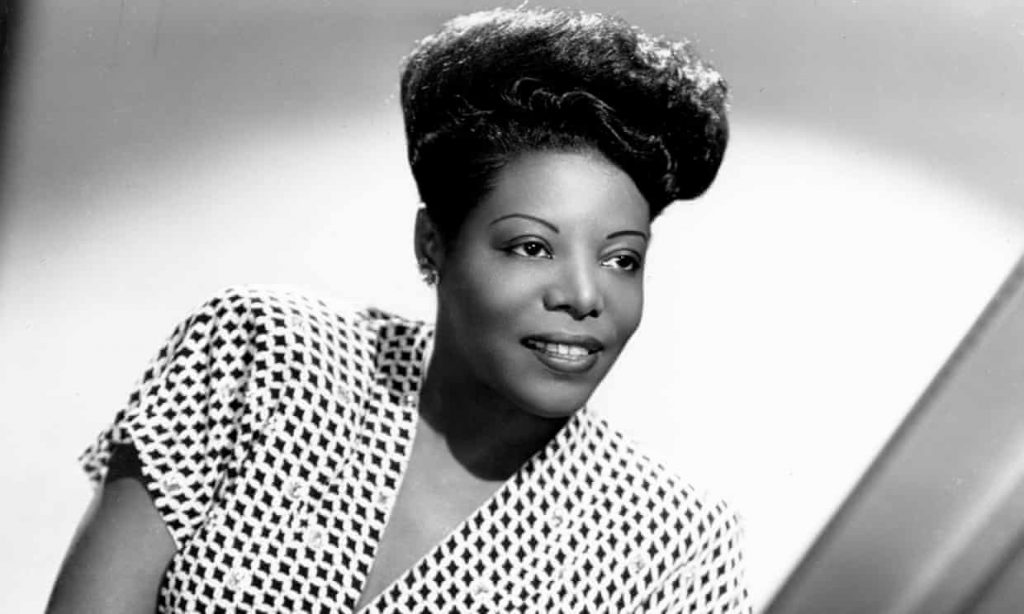
Mary Lou was a child prodigy, who taught herself to play the piano by ear. She was playing in public by the age of six and was a professional musician by her early teens. As a pianist, composer and arranger, Mary Lou mastered blues, boogie-woogie, swing, bebop and even free jazz with remarkable facility.
In 1927, Mary Lou married saxophonist John Williams who went on to join ‘Andy Kirk and his Twelve Clouds of Joy‘ a short while later. Williams herself also signed up with the group and by the 1930s was a regular member of Kirk’s band.
At a time when there were very few women instrumentalists in jazz, she was soon recognized as Kirk’s top soloist, and the band’s success in the 1930s was due in large part to Williams’ distinctive arrangements, compositions, and solo performances. She was responsible for some of the bands biggest hits, including “Froggy Bottom,” “Walkin’ and Swingin’,” and “Lotta Sax Appeal.” In addition to her work with the Clouds, Williams provided arrangements for many of the top bandleaders of the swing era (Source).
Many bandleaders, including Duke Ellington and Benny Goodman, even tried to sign her up to write exclusively for them, but she valued her freedom too much (Source).
Mary also helped spawn an entire generation of young musicians during the 1940s that would precipitate the birth of one of the world’s most influential musical styles, known as bebop (Source).
For this segment I will leave you with Mary’s famous “Roll Em“-a boogie woogie piece based on the blues.
FURTHER READING:
Read all about the rest of Mary Lou Williams Life HERE. A woman who in her career that spanned past the 1930s & 40s’ wrote hundreds of compositions and arrangements and recorded more than one hundred records (in 78, 45, and LP versions).
Consuela Harris
Dancer
Consuela Harris was, according to the very rare source on lMDb (rare indeed. There is nothing on this talented woman beyond this post and a couple of videos), “the sensational and best of the shake, hot, swinging dancers in the 1930s. She was a New York headliner who performed at the famous Sebastian’s Cotton Club in California and other New York highlights during this time.
Harris was one of the rare dancer, who told a story with her dancing. Flexible and graceful she was. Consuela appeared showing off her dancing talents in two Oscar Micheaux films, “Swing” (video below) from 1938 and “God’s Stepchildren” also from 1938. She was also in the movie, “Harlem on the Prairie” with Herb Jeffries.” (Source).
Hopefully one day, someone will pickup her story and tell the world all that they know (the Vintage Inn is waiting in anticipation).
Marie Bryant
An American dancer, singer and choreographer
Just like the other women on this list, Marie started performing at a young age to various audiences (like her church) and would go on to make her professional debut at the age of 15 in 1934 with Louis Armstrong at the Grand Terrace Café in Chicago, dancing and singing with the floor show (Source).
By 1939 she was a featured attraction at the famous Apollo Theatre in Harlem, NY and even toured nationally with Duke Ellington. Her career took a more active turn in the 1940s appearing in various movies and touring musical revues.
Not content to just be okay with those roles Marie also began working as a teacher at a dance school run by the famous Katherine Dunham where she worked with Debbie Reynolds, Cyd Charisse, Betty Grable, Ava Gardner and others. When she worked with Gene Kelly, he called her “one of the finest dancers I’ve ever seen in my life”.
During this same time period, she worked as a dance coach and choreographer for Paramount, 20th Century Fox, MGM and Columbia, and developed her own dance teaching style which she called “controlled release.”
It appears that the word “rest” was never in Marie’s vocabulary.
Duke Ellington once referred to Marie as “one of the world’s greatest dancers.” And from the below clip of Marie singing and dancing in a 1942 Soundie: Bli-Blip, I would not disagree with the Duke (or Gene).
For further Reading on Marie Bryant’s career 1950s and on, visit HERE.
Mildred Bailey
The Queen of Swing
Source: Wikipedia
Mildred Bailey was a Native American jazz singer during the 1930s, nicknamed “The Queen of Swing”, “The Rockin’ Chair Lady” and “Mrs. Swing”. She is known for her light soprano voice, clear articulation, and jazz phrasing. As a singer Bailey was especially influenced by Ethel Waters and Bessie Smith, and she was one of the first nonblack performers to become a skilled jazz singer.
Her career really took off after Bing Crosby (who was partners with her brother) introduced her to Paul Whiteman (an American Bandleader) who invited her to sing with his band. She would be the front woman from 1929-1933.
Whiteman also had a popular radio program for Old Gold Cigarettes, and when Bailey debuted on it with her version of “Moanin’ Low” on August 6, 1929, favorable public reaction was immediate. However, Bailey’s first recording with Whiteman did not take place until October 6, 1931 when she recorded a song called “My Goodbye to You”. Her recording of “All of Me” with Whiteman the same year was a huge hit in 1932 (Source).
After Mildred left Whitemans band in 1933, she would go on to record with various popular big bands (like Benny Goodman and the Dorsey Brothers).
In 1933, Mildred met her third husband Red Norvo (a vibraphonist, improviser, and band leader). A dynamic couple, they were married until 1942, and were known as “Mr. and Mrs. Swing”. They lived and worked much of the time in New York City. They remained friends after their divorce. Thereafter, she worked as a solo act, singing in New York clubs, such as the Café Society and the Blue Angel. In 1944 she had her own radio show on CBS which aired from September 1944 until February 1945. Her last major engagement was with Joe Marsala in Chicago in 1950 (Source).
Mildred Bailey was truly a talented and outstanding singer. Please take a moment to enjoy just some of her music below and for further reading on Mildred’s career and successes visit HERE.
Friends, I hope you enjoyed reading about these outstanding women during the Big Band Era. They were really something weren’t they?
Now don’t forget that this is NOT everyone just a highlight of that era. If there is someone I missed from this series, please share in the comments below I always love hearing about outstanding women.
Liz

